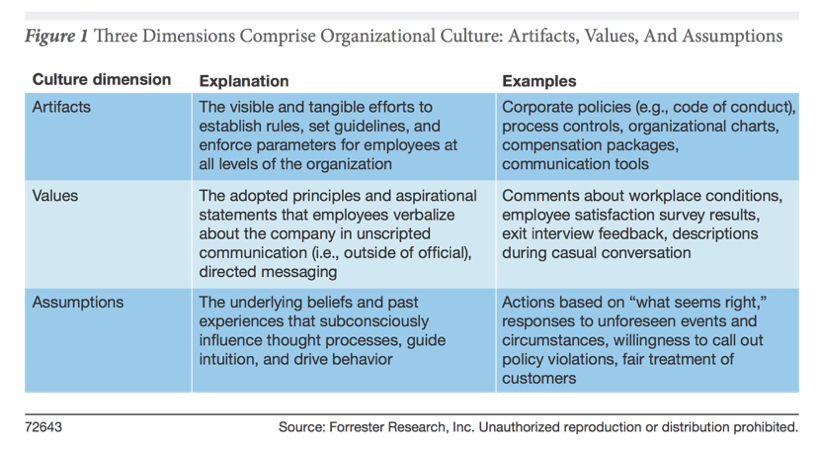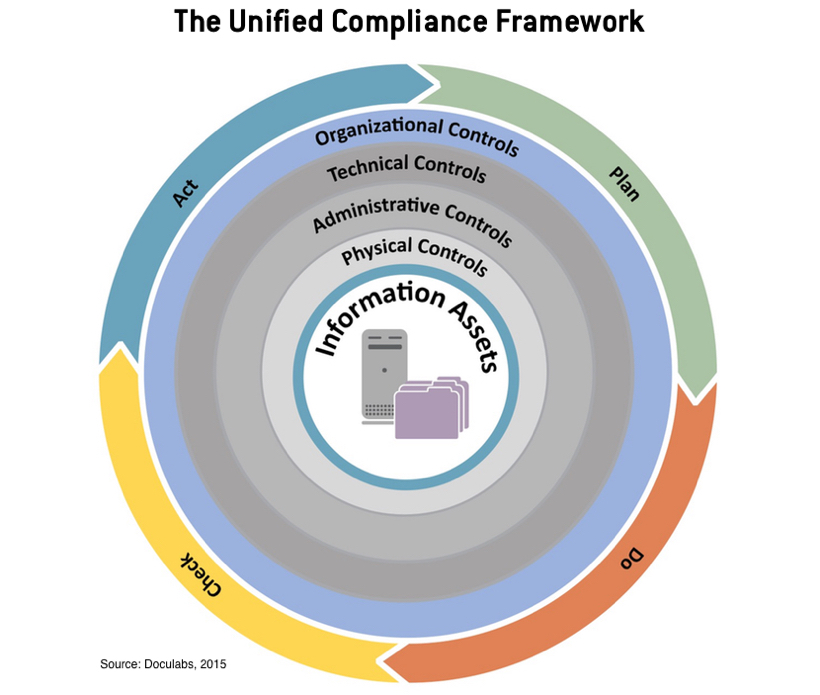Risk Assessment Is as Much an Art as a Science
Given this hotbed, regulatory climate, attention is falling on compliance management and measurement like never earlier. According to Gartner Research Director Jeffrey Wheatman, "Increased focus on the policy implications of the regulatory environment, regulatory change management, controls automation, and case and incident direction are now at the forefront of organizations' governance, adventure and compliance (GRC) strategies." It's no wonder why when y'all look at the complexity of the regulatory surround, which certainly isn't abating, equally shown in Effigy i.
The penalties for failing to run into regulatory standards are very existent. Some of the largest settlements in recent history include Bank of America's $16.7 billion payout in 2014, followed by Citi's $seven billion settlement and JPMorgan Chase's $13 billion deal in 2013. The vulnerabilities inside an arrangement aren't letting up either. Just this year alone, high-profile data breaches include last month's VTech hack, Ashley Madison, Canticle, Premera BlueCross BlueShield and the IRS.

In fact, Forrester Senior Analyst Renee Tater and Analyst Nick Hayes predict, "The next v years will encounter dramatic shifts in the business environment every bit well as the expectations for [compliance and risk direction] functions. To put yourself in a position to succeed, you need to be able to respond to these new challenges by taking on greater visibility, a broader scope, and more significance in your system."
Ane of these challenges in a dynamically shifting marketplace is multi-jurisdictional requirements, especially given the growth of global commerce. The pursuit of centralized, holistic compliance strategies are only further complicated by how overall policies impact each location or regions in the world. So, how exercise compliance, hazard and security professionals answer these challenges, protect the system and heave business performance? This is indeed a practiced question, as some of the biggest barriers to effective compliance and take chances programs are insufficient education and training. The battle over buying of work rages on in many organizations at this very moment, simply the reality is that your compliance policy is merely equally skilful as how frequently y'all check information technology. Interested in joining information direction leaders to hash out these pressing issues and more? Join your peers at the DOCUMENT Strategy Forum, May 10-12, 2016, in Chicago!
Achieving user appointment is best helped when the message is communicated from the top. Yet, on a more intuitive level, information technology really has to do with the corporate civilization. According to Forrester, in that location are three dimensions that create organizational civilization: artifacts, values and assumptions (come across below figure).

The civilisation of an individual enterprise often varies profoundly, even within the same manufacture sectors. From the risk profile, to size, to resources allocated, each of these characteristics of the organization presents dissimilar challenges in club to meet our legal and regulatory obligations. It'southward the job of compliance and governance professionals to distill these highly technical obligations into a set of principles that are hands digestible and applicable to the general workforce. Mayhap 100% engagement is an overly optimistic goal, given man nature, notwithstanding, achieving substantial compliance offers us the assurance that, almost of the time, we're getting information technology correct.
In order to "become it right," we must:
- Understand the current legal and regulatory requirements with existent implications for your organization, industry and marketplace
- With the help of your legal counsel, formulate bodily, doable expectations of your compliance program
- Present a clear gap analysis of current country and future land of your compliance program to executives, determining root causes for deficiencies
Beyond the evolution of education and training, creating adventure and compliance frameworks, unique to the individual organization, is a keen step to approach regulatory and legal obligations from a unified, centralized and strategic viewpoint. Offering a high-level perspective of the compliance program forces u.s. to examine our starting time line of defense and what it ways to have effective control, what those controls are, monitoring of that control, what an effective compliance process looks similar and where information technology fits into the compliance framework as a whole. An example of such a framework is the unified compliance framework (UCF), as shown in the beneath figure.

"While edifice a UCF is circuitous and has a lot of moving parts, information technology sets the stage for taking a more coordinated approach, becoming more efficient and giving yourself the breathing room to be strategic about compliance," says Joe Shepley, vice president and practice leader of Doculabs. Without approaching compliance and take a chance management from a highly strategic manner, and instead, as a long bank check list of requirements, the danger lies in reducing information governance to a pure scientific discipline, when information technology's really as much art as information technology is science. Where an organization is most at risk for breaches, what compliance measures are needed or what translates into a specific policy or rule are partially driven by a particular line of business organization, jurisdiction or culture of the individual organisation. It comes downward to the particular awarding and/or practice—it comes down to people.
This article borrowed discussions from the DOCUMENT Strategy Media Information Management/Governance Focus Group. Nosotros'd like to thank these professionals for their thought leadership, time and efforts in the advancement of information management and governance. Any views or opinions presented are solely those of the author and do non necessarily represent those of the Information Management/Governance Focus Group or their employers. Data therein is not representative of whatever one company, industry or product, and whatsoever similarities are strictly casual. Data Management/Governance Focus Grouping Members are:
Tom Serven
Vice President, Enterprise Data Governance and Direction
State Street
James Kennedy, CRM, IGP
Director, Records & Information Management
Tallgrass Free energy
Jason Howell
Manager, Information Governance
Washington Land Section of Ecology
Courtney Rock, CRM
Manager, Records and Retentiveness
AMOCO Federal Credit Union
Mark Due east. Fackler
Business Systems Coordinator, Midstream
Phillips 66 Allison Lloyd serves as the editor of DOCUMENT Strategy Media. She delivers thought leadership on strategic and plan-based solutions for managing the unabridged document, communication and information process. Follow her on Twitter @DOCUMENTmedia.
Source: https://documentmedia.com/article-2322-Compliance-and-Risk-Management-More-Art-Than-Science.html
Belum ada Komentar untuk "Risk Assessment Is as Much an Art as a Science"
Posting Komentar